The 2022 season of Império Endurance Brasil will feature a series of reinforcements, and one of the highlights will be the fourth generation of the Sigma prototype, which already has won in the Brazilian Mille Miglia.
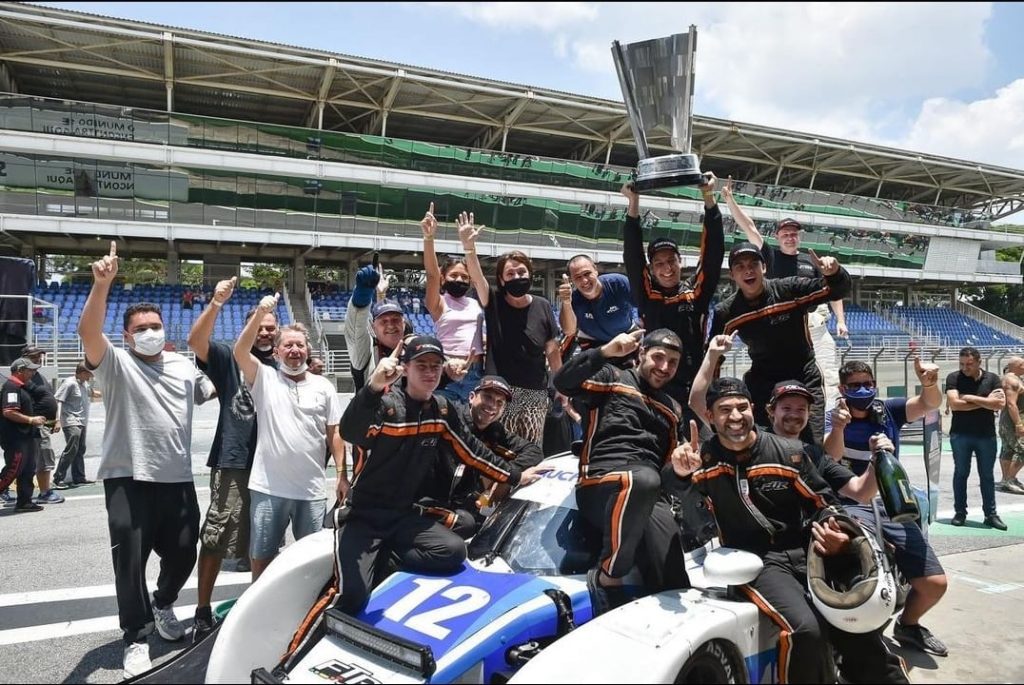
The car, presented in January, sports a series of evolutions compared to the third generation that competed in 2021, maintaining the visual identity that has characterized the prototype since 2019.
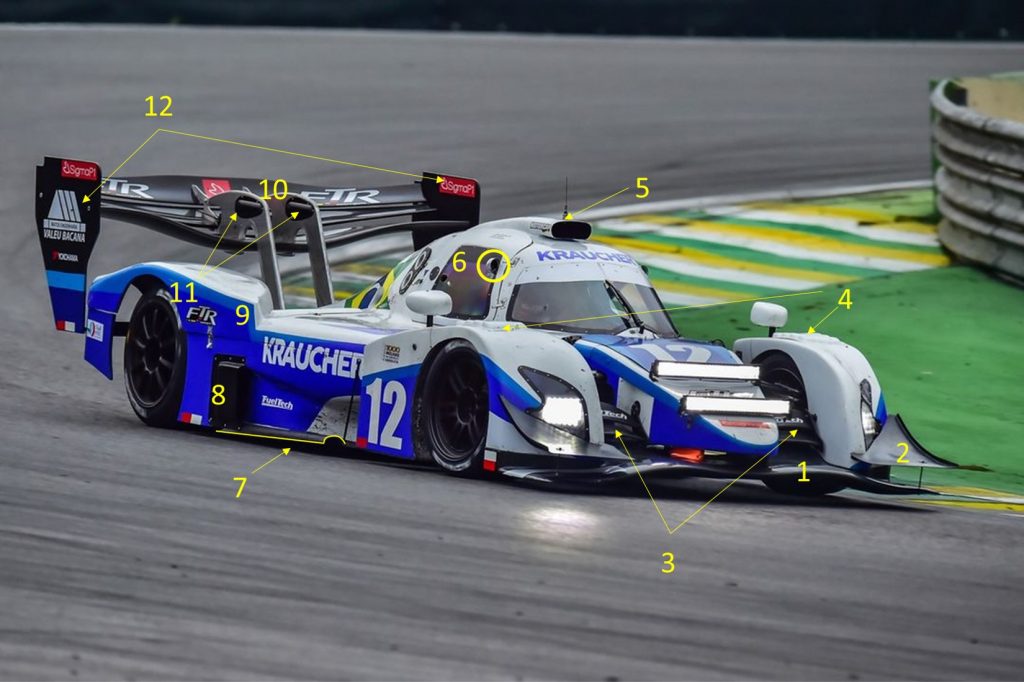
Compared to the G3 model, the front section of the G4 maintains a similar splitter design (1), with large diveplanes (2) and the two upper elements of the front wing (3) which, since the Curitiba Round in 2021, have a system of DRS. Although similar at first glance, the front fenders have a new design, keeping ventilation through louvres (4).
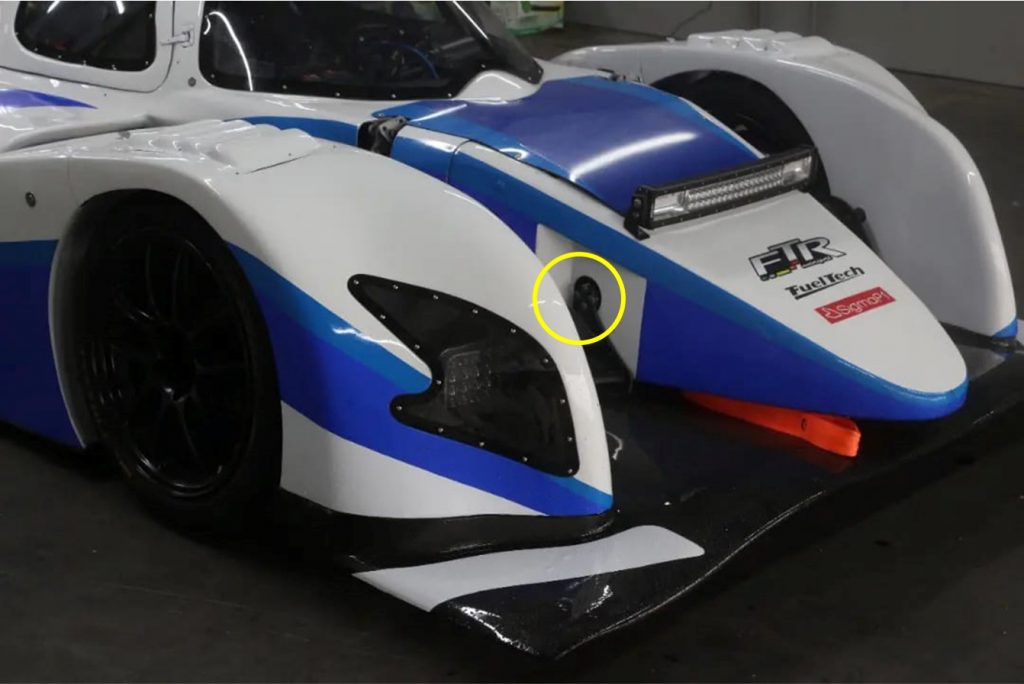
The engine air intake (5) also keeps the same design developed after adopting the Chevrolet V8 engine, and a small intake has been added to help cool the cockpit (detail 6).
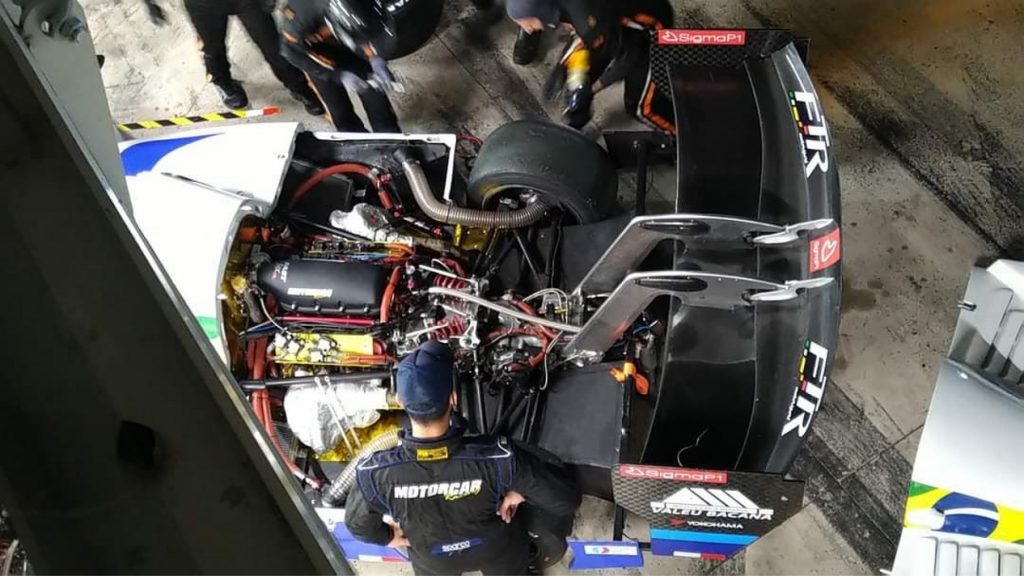
By the way, the engine was also updated by tuner Motorcar Racing, aimed at greater reliability and lower cost. The main visible change is the manifold chosen by Sigma’s own personnel after the limitations imposed by the regulation on V8 engines, which becomes a FAST LSXHR 103mm, a RAM-style design that favors power and allows a certain flexibility in the adjustment by changing the set of stacks (available in three lengths).
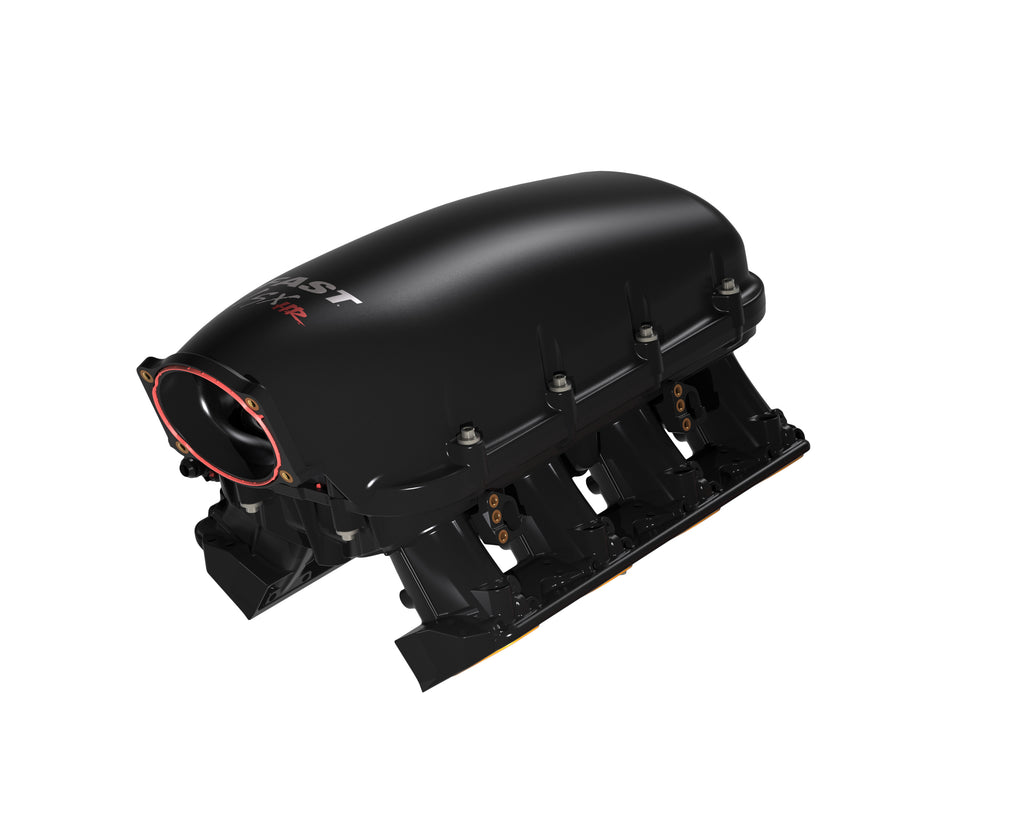
The floor has a vortex generator to help seal the airflow (7). On the side, the air intake for the oil radiators also stands out, which has a new design (8), which may not use the black intake in events with lower thermal demand, reducing aerodynamic drag.
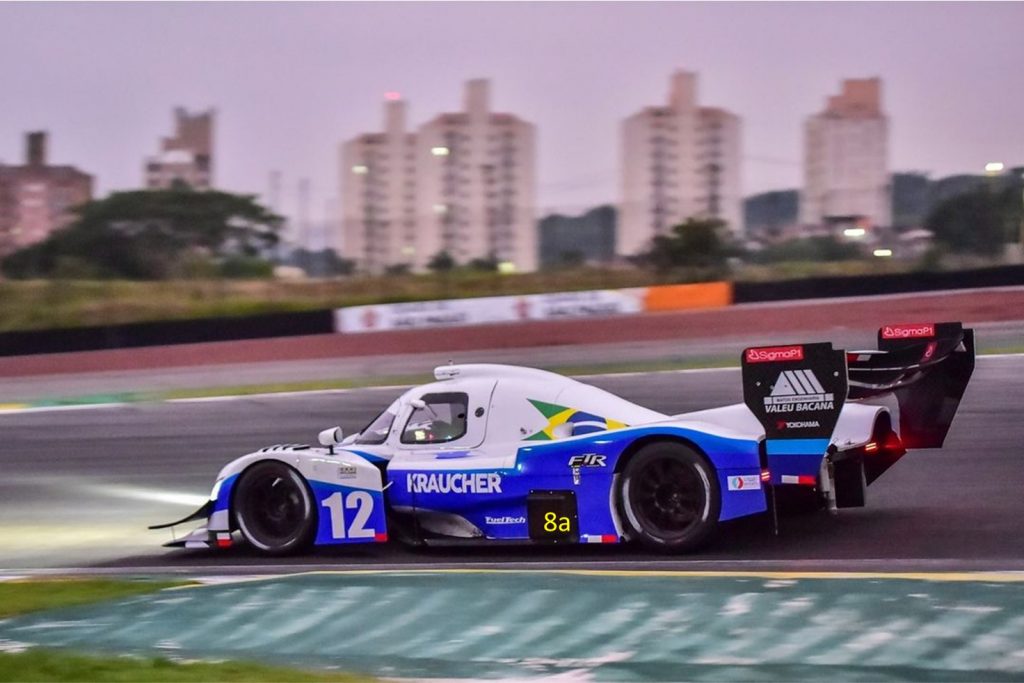
The big update in the region is the shape of the rear fenders (9), a region that previously housed the air intake for the rear brakes, but is now completely closed, with Pontoon-style geometry.
Less visible is the lowering of the rear hood, which was achieved with a complete overhaul of the rear suspension: the anti-roll bar is now mounted at the front, between the shock absorbers, and the third shock absorber will, when installed, be mounted transversely between the two rockers.
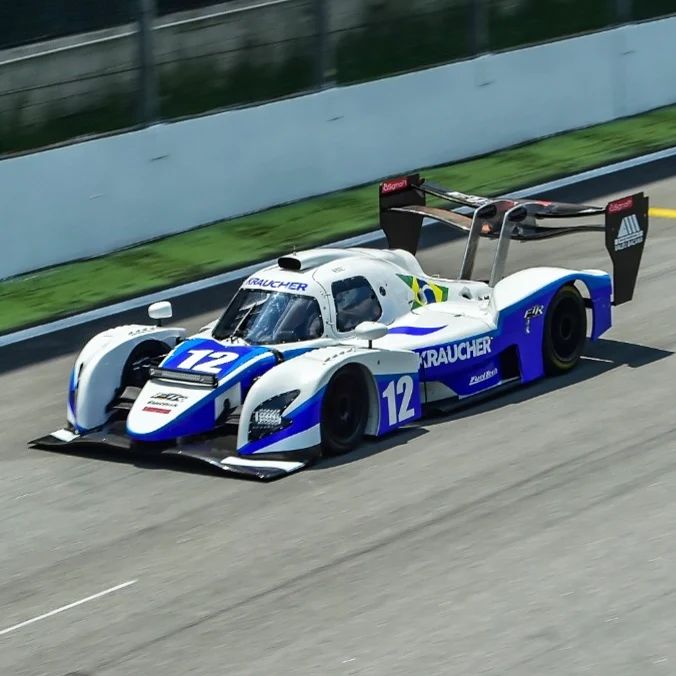
But the biggest update, without a doubt, is the rear spoiler (10), which now has three elements. The support is no longer at the base, as in previous generations, and becomes swan neck style (11) machined from a billet of aeronautical aluminum, with aerodynamic profiles to the leading and trailing edges. In addition, the brackets house the rear DRS actuators that are under the aerodynamic covers (black detail) to reduce aerodynamic impact, and the entire electro-pneumatic linkage is built inside the swan necks. By the way, the DRS system is all new, with a larger pivot angle.
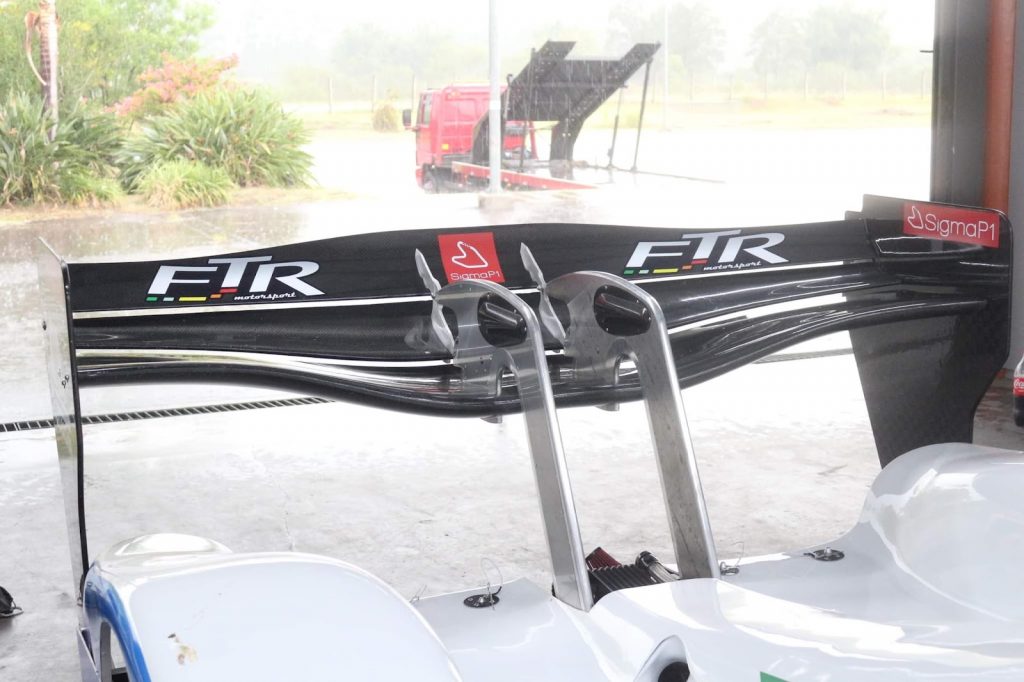
In this way, the new wing manages to generate almost twice the aerodynamic load of the previous version, but with lower drag when the DRS is open. The new supports also increased the resistance to bending, eliminating the use of additional supports in the region between the “blades”, optimizing the aerodynamic performance in the region.
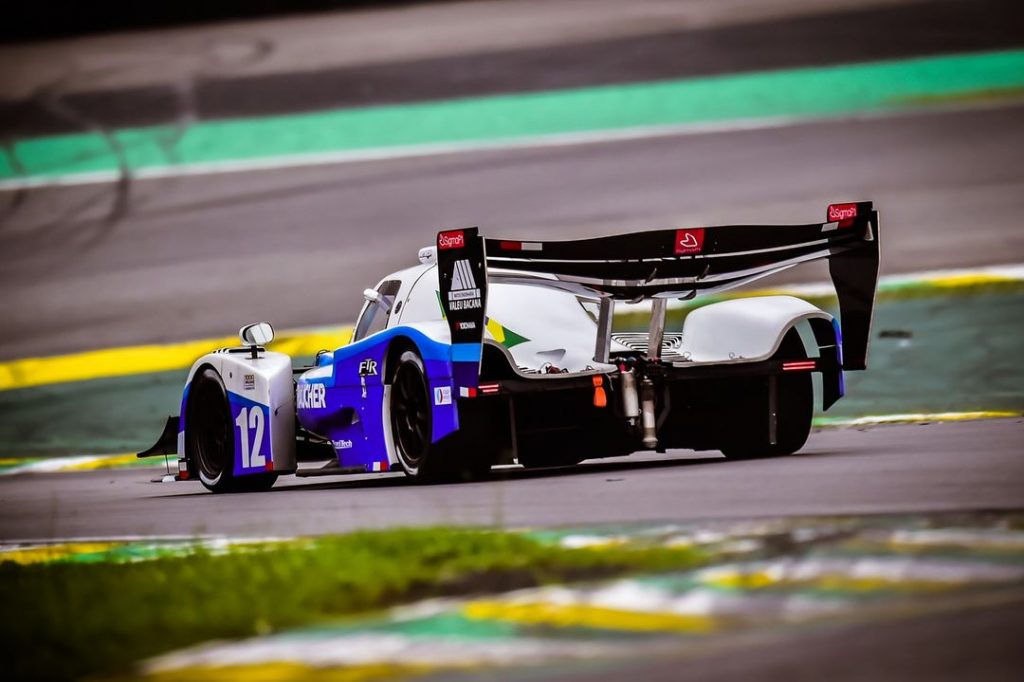
The increase in aerodynamic load also led to a redesign of the rear of the car, with a steel lower deck and carbon structural endplates (12), a solution that also increases the aerodynamic efficiency of the rear wing.

Finally, the other great novelty of the aerodynamics of the project can practically go unnoticed, since the only detail that gives its presence is the absence of the discharge pipes in a visible position. That’s because in the G4 version of the Sigma P1, the team chose to use a blown diffuser, the same concept used in Formula 1 a few years ago. Now, we can only wait until April 30th to see if the new Sigma will be able to dethrone the JLM Racing AJR as the fastest race car in Brazil.

